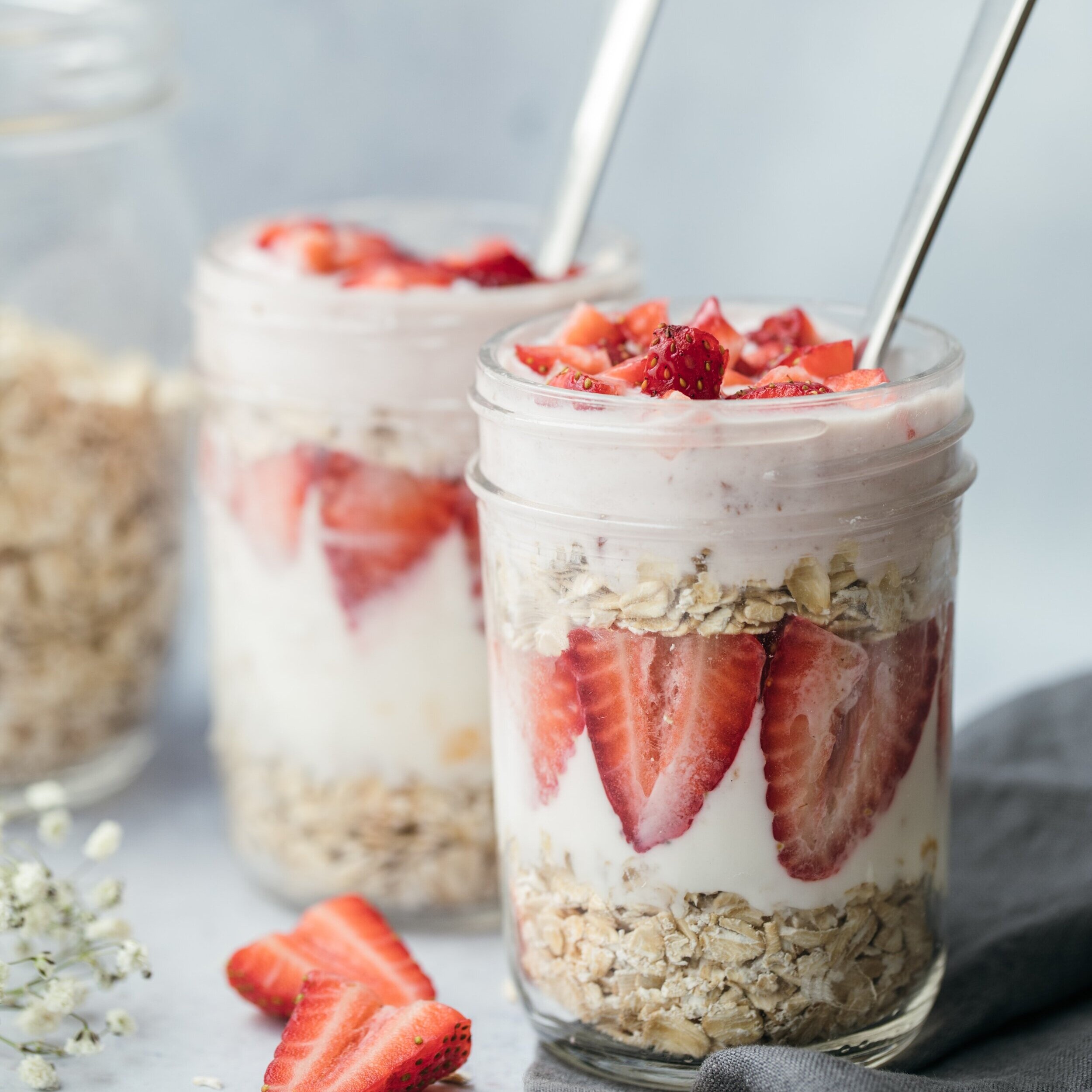Yerba Mate: A Look at the Rising Coffee Substitute
by Nicholas Carpo and Bhavya Malladi
The History
Yerba mate finds its roots deep in South American culture where it is often believed to be a god-sent tree. Harvested from the leaves of Ilex paraguariensis, mate is considered a communal drink with immense sociocultural value. It is traditionally served in a gourd with a bombilla (straw), and is meant to be shared with friends, family or even strangers [1]. Simply put, it brings people from all walks of life together to share a culturally-rich drink.
Aside from its role in South American heritage, many believe that the drink is capable of healing different ailments from the common cold to cancer. In fact, mate can be prepared in a number of different ways depending on the need and purpose. This can range from a simple hot tea to one flavored with citrus, milk and herbs. It would be amazing if yerba mate could actually be a cure-all drink, but how do those beliefs hold up to science?
The Science
Yerba Mate is purported to have multiple health benefits from boosting energy to reducing risk of heart disease. Here we look at some of the most popular ones:
Promotes Alertness
One cup of yerba mate normally contains 85mg of caffeine. Although this is slightly lower than the amount of caffeine found in the average serving of coffee, one could expect mate to have similar effects. In fact, early studies of the effects of yerba mate in animal models found that the infused drink promotes more alert wakefulness and shallow sleep episodes—comparable to the effects of coffee. [2] In other words, yerba mate might be the boost you need when staying up late working!
Contains Antioxidants
The plant extracts that are ultimately used in making yerba mate contain a high concentration of antioxidants, but what does that mean? Our bodies can become susceptible to radical oxygen molecules that could potentially cause DNA damage or disruptions of our cell membranes. [3] Antioxidant substances can help prevent this type of damage, and are therefore vital dietary components. A 2002 study measured the different components of yerba mate and found that the extracts had high levels of caffeoyl derivatives (organic compounds found in plants) that were associated with high antioxidant activity. [3]
Protects Cardiovascular Health
Yerba mate can not only keep you alert and protect your body against damage, but also relax your circulatory system and reduce cholesterol levels. A 2007 comprehensive review suggests that yerba mate extracts can cause vasodilation — relaxation of the walls of arteries and veins — and reduction of blood cholesterol levels, which reduces an individual’s susceptibility to heart disease. [4]
The Present
Nowadays, yerba mate beverages have proliferated beyond South America; in fact, as college students we see our peers with cans and bottles of yerba mate all around campus. There are a multitude of flavors and sizes, with caffeine content comparable to coffee. Although so many of us indulge in this drink so frequently with the vague notion that it’s probably healthier than coffee and the best companion for a long night at Powell, it’s a good idea to know what is actually in the drink and how it could affect our body. Next time you open a can of yerba mate, maybe you’ll consider the other benefits besides the caffeine!
If you want to learn more about Yerba Mate and how it compares with other caffeine drinks such as coffee and green tea, check out Yerba: A New Player in the Caffeine Game?
References
“The Many Meanings of Yerba Mate.” revista.drclas.harvard.edu. (2015).
“Waking-promoting Action of Yerba Mate (Ilex paraguariensis).” www.researchgate.net. (2013).
“Antioxidant activity of Ilex paraguariensis and related species.” Nutrition Research. (2000).
“Yerba mate: Pharmacological Properties, Research, and Biotechnology.” Medicinal and Aromatic Plant Science and Biotechnology. (2007).








